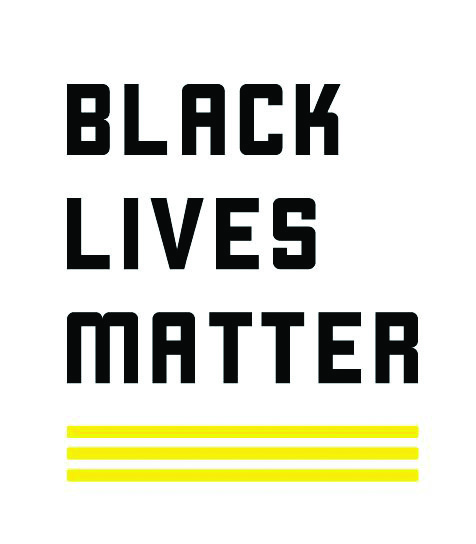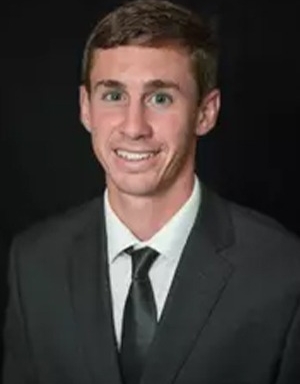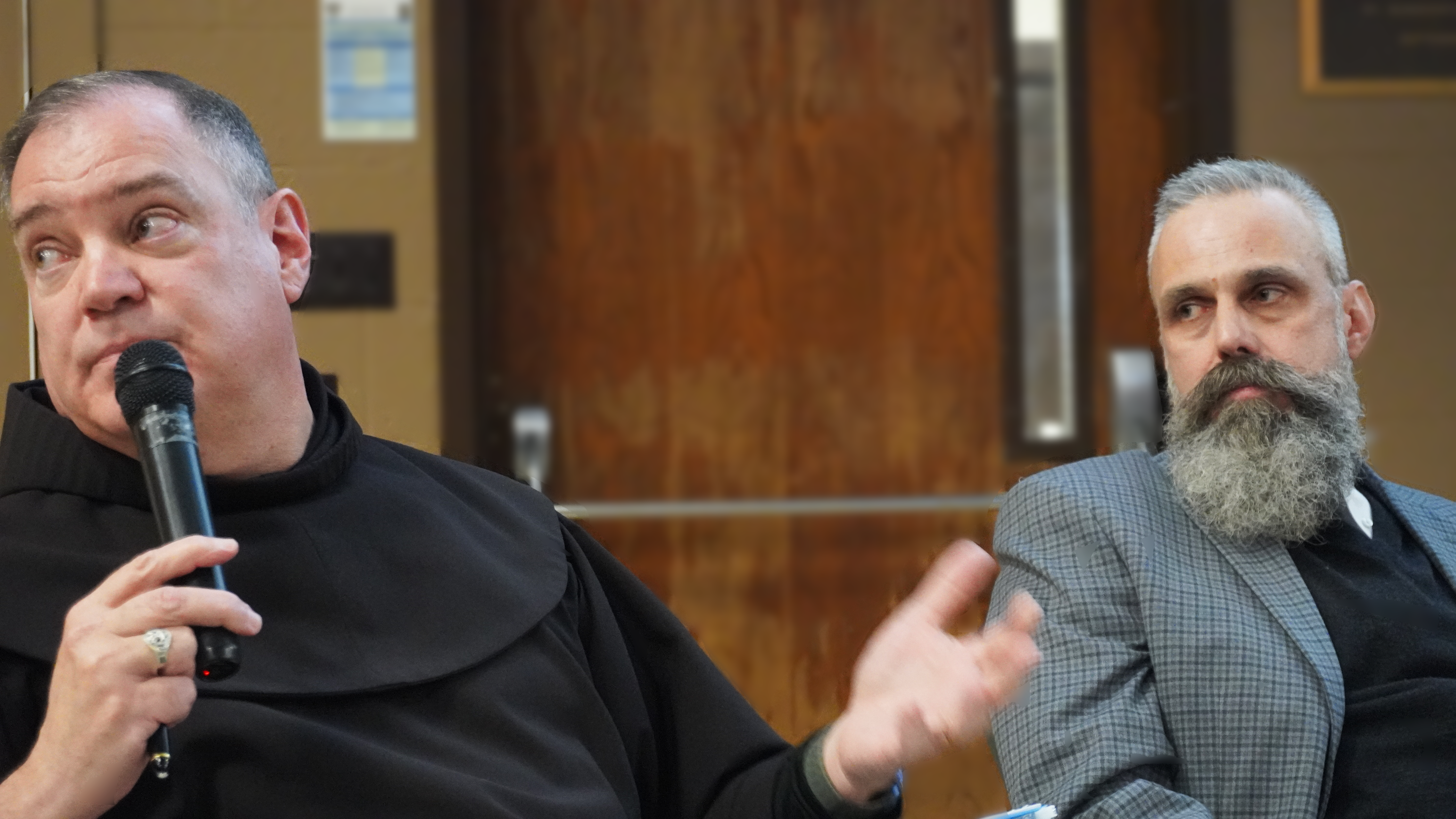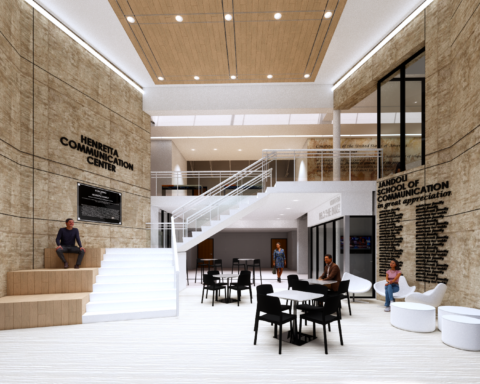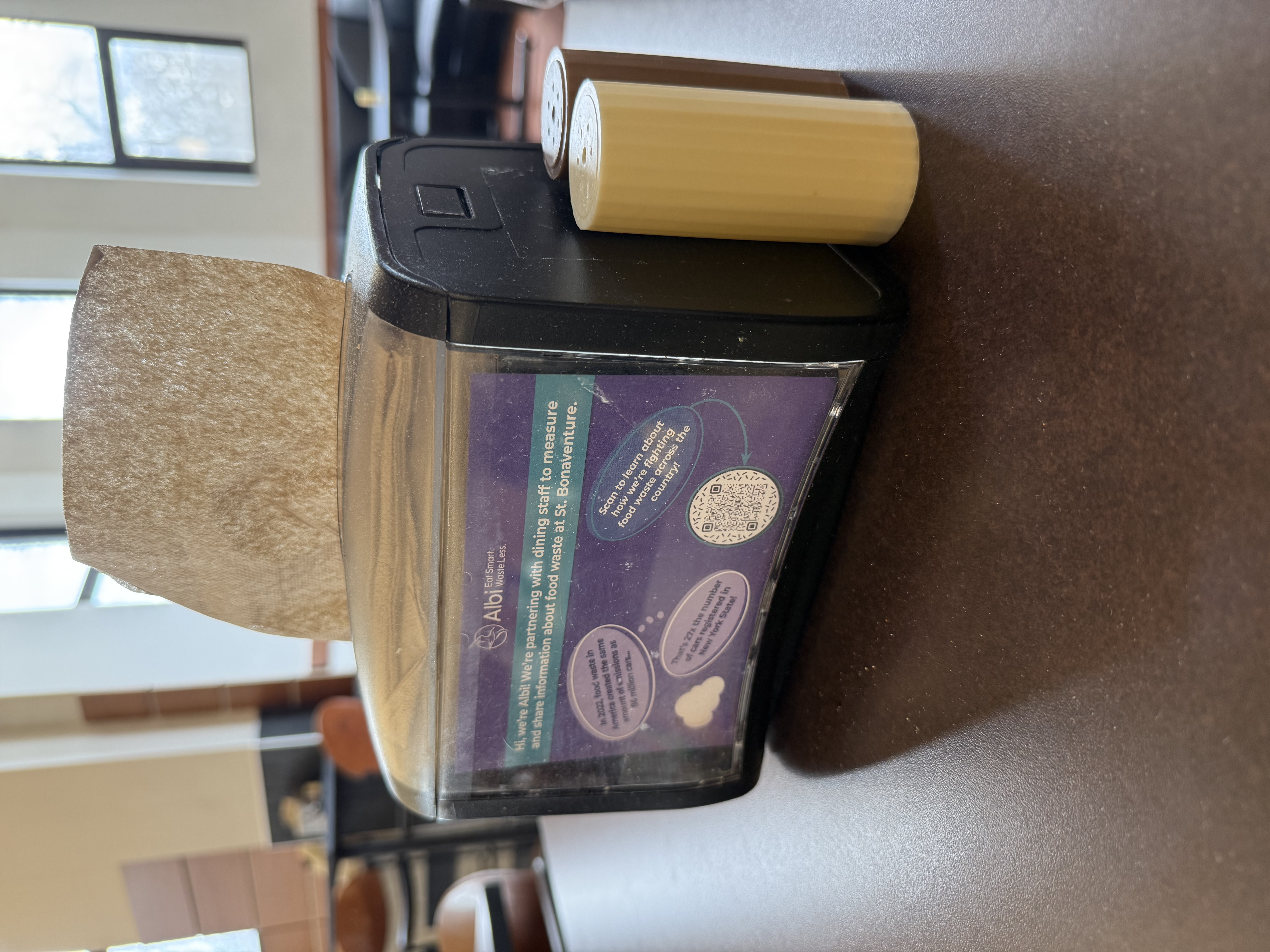How Bonaventure has been affected by the recent social justice movement
By Matthew Villanueva and John Pullano, Features Editor and Editor-in-Chief
On St. Bonaventure University’s official homepage visitors can see a “snapshot” of the University according to statistics. The page shows 86% of freshmen return for their sophomore year, the student to faculty ratio is 12 to 1 and 19.5% of alumni donate yearly to the university among other statistics.
The website does not tell readers that St. Bonaventure University is statistically 74% white, 6% Black or African American, 7% Hispanic and 4% Asian, according to the National Center for Educational Statistics.
According to the New York Times, on June 6, half a million people turned out in nearly 550 locations across the United States in support of Black Lives Matter. Approximately 300 people protested in Lincoln Park in Olean, NY that day and millions of people have continued protesting across the country to this day.
With a population of majority white students, St. Bonaventure University students and staff have felt the effects of the Black Lives Matter movement and have begun voicing their opinions and making changes.
“It’s strange because it used to be more of a private kind of fight, it seemed like nobody cared, but now it seems like it’s more of a popular thing to do,” said junior marketing major Perry Wheeler II. “I’m glad people seem to finally care, but it’s a shame it’s being politicized so much when really it’s just, me.”
The Black Lives Matter movement’s official mission is “to eradicate white supremacy and build local power to intervene in violence inflicted on Black communities by the state and vigilantes. By combating and countering acts of violence” according to its website.
For assistant professor of business law Thomas Hare, said he has experienced racial injustices his entire life while growing up in the deep south during the peak of the Civil Rights movement. He believes the impact and magnitude to which the Black Lives Matter movement has reached was a long time coming.
“The BLM movement is a result of those injustices, and in consequence of that is a necessary movement of racial justice in American society today,” said Hare. “It reminds me of a quote of W. E. B. DuBois, ‘The problem of the 20th century is the color,’ and what I find today, is what he said over 100 years ago is very applicable today.”
In Hare’s business law classes, he plans to adjust his curriculum to inform his students of social injustices and hopes other professors will do the same.
“I do intend to expand the instruction [on social injustice], and I hope for an increase in diversity training for faculty, staff and curriculum,” said Hare. “I want to emphasize how employment discrimination takes place in large part because of systemic differences against BLM.”
For a younger student, sophomore psychology major and president of the class of 2023 Akim Hudson, he believes the Black Lives Matter movement represents only a small portion of racial issues that have built up in America over time.
“I think the current racial climate at the moment is a result of many years of powered-up problems that have never been resolved, not only within the US, but as society in general,” said Hudson. “Yes, police brutality is what pushed society over the edge, but that’s just a very small fragment within the huge web that has taken 400 years to fully compile.”
As a Black student at Bonaventure, Hudson has never felt uncomfortable at school. However, Hudson feels the university can make inclusion less of a marketing tactic and make it more effortless.
“Generally, I feel comfortable everywhere I go. I understand that racism will always be a factor as long as I am a Black man in America,” said Hudson. “But I think SBU should make inclusion feel more natural. Maybe not taking pictures of Black students for pamphlets.
The Black Student Union at Bonaventure strives to promote a sense of community for Black students at Bonaventure, according to the Bonaventure website.
The union’s president and senior strategic communication major Sydney Best considers the current climate of the Black Lives Matter movement to be an awakening thanks to social media and technology.
“Most of the stuff that POCs have been through are being brought to light thanks to the accessibility of technology,” said Best. “People are starting to unpack the structures. It is starting to become more than a hashtag; we are starting to see the pain behind each hashtag. It is sad that it has to be more ghost-like names, ‘Breonna Taylor’ just seems to roll off the tongue now, but justice is coming, it is slow, but it is coming. I am sad but I am hopeful.”
According to Best, the union plans to hold events and panels that revolve around the Black experience and collaborate with Bonaventure to show the community that the union is not just for Black students.
Some students at Bonaventure believe the Black Lives Matter movement has been misleading because of the way they believe it “criminalizes” police officers.
“[Black Lives Matter] is misguided in many ways,” said sophomore political science major Sam Dumas. “Nobody said Black lives don’t matter. But it is making martyrs out of criminals who resist arrest and try to bodily harm officers who are doing their job. The BLM movement is doing more negative things for the African American people who live in this nation than positives.”
For Hare, who has served on Bonaventure’s diversity, equity and inclusion taskforce in this year and is optimistic both the university and the nation will commit to addressing the United States issue with inequality.
“I’m very hopeful,” said Hare. “I’ve been around a few decades, and this is the first time in my life that I’ve seen a real commitment to address the issues of racial injustice.”
villanjv18@bonaventure.edu
pullanjj18@bonaventure.edu

